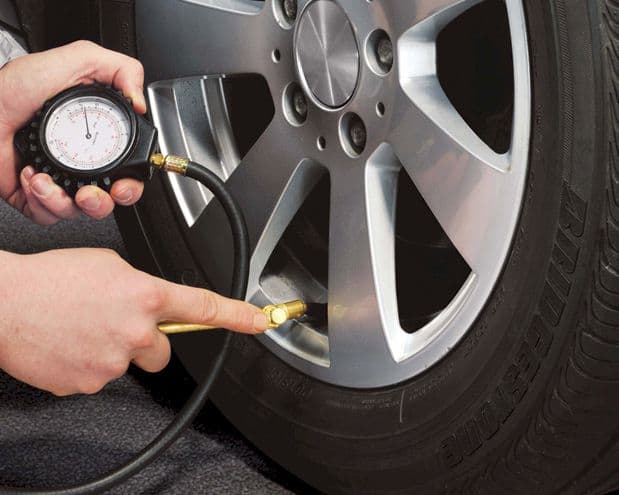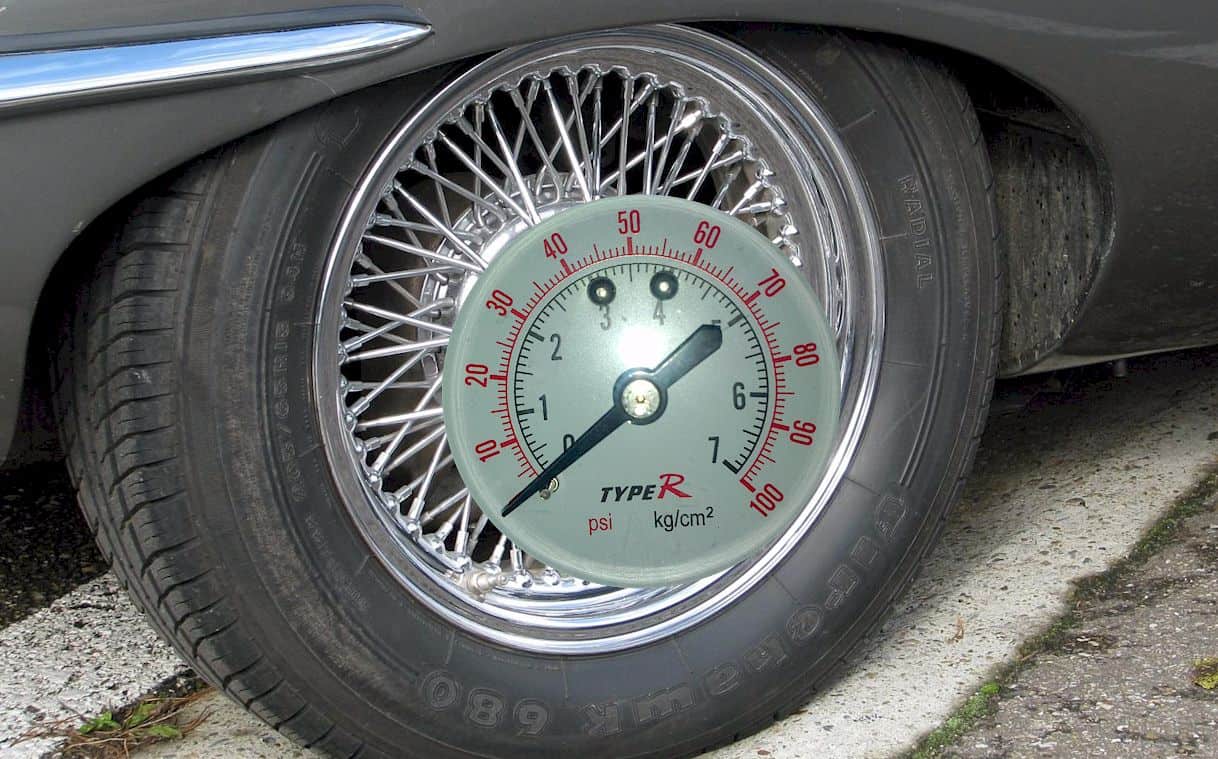Proper tire pressure is vital in obtaining the total optimum performance of a car in terms of speed. Vehicle owner's knowledge of proper tire pressure is one of the essential steps in ensuring 100% safety of the passenger.
It is the responsibility of the car owner to be aware of the ideal air pressure of tire as it has a significant impact on the safety of the passenger.
The Impact of Proper Tire Pressure
Aside from promoting safety, knowing the right amount of PSI or pound per square inch of tire pressure can improve fuel maximization.
It also helps lengthen the life span of the tire. Applying the right amount of PSI will provide cost-efficiency in the long run and at the same time, can run a relaxing ride.
What is PSI?
PSI is the acronym for the pound/square inch. According to Dr. Anne Marie Helmenstine, a Ph.D. in Biomedical Sciences, and a science writer and consultant, it is a unit of pressure expressed in pounds of force/square inch of are.
Determining the Right Amount of PSI in a Car Tire
Applying the right amount of PSI in a car tire is somehow tedious and challenging. It is sometimes dependent on some situations. However, most of the recommended amount of PSI in a car tire is already provided by car manufacturers.
It is normally written in the car manual provided during your car purchase. And it is sometimes written at the door of the car.

The most commonly manufacturer-recommended psi in a car tire is 35 PSI. However, during situations such as rainy days where roads are extremely wet, and tires are cold, they recommend a range of 32 to 35 PSI.
Things to Consider When Inflating a Car Tire
There are several factors to consider when inflating a car tire. Above all, you should know the right amount of PSI to apply in your car tire.
It is important to note that before using or driving your car, it is standard to check its tire pressure. It is best to know the right pressure to put in your car tire if it is not yet driven.
The climate is one of the determinants of the right amount of pressure to put into your car tire. Very simple, as the temperature becomes colder, tire pressure drops. As the temperature gets warmer, the pressure gets higher.

It is also good to know that there is already an advance way of detecting the pressure of your car tire.
You can acquire a tire pressure monitoring system (TPMS) that will automatically alert you when there is something wrong going on with your car tire. For more information on TPMS light,
Do not exceed the recommended amount of PSI in your car tire. You might be overinflating your tire. The effect of exceeding the recommended PSI may be detrimental to your car tire. It will ruin your entire ride experience as you will feel some bouncing as you drive.
The same is true when you go under the recommended PSI in your car tire. You are underinflating your car tire. This is pretty dangerous because the tire pressure may be very low.
Low tire pressure can cause the tire to over touch the road surface, and that can create too much resistance. This can cause tire overheating. When this happens, it can manifest in tire separations. Worse, it can lead to an accident.
Other than the fact that it can lead to accidents, low tire pressure is also not cost-efficient. It lowers the gas mileage of your car. Thus, you have to spend more on gasoline. Driving with low pressure is therefore not recommended.
Carrying Heavy Loads
Most vehicle manufacturers would suggest increasing the tire pressure during times when the vehicle is loaded.
This is typically applied to truck tires. However, you have to take into consideration that vehicles have different recommended air pressures for both rear and front tires.
PSI Level at Which a Tire May Burst
Did you ever try to experiment for you to know at what PSI level a car tire may explode?
Of course, you won’t do that kind of experiment. A car tire is a bit expensive, right?
As we have mentioned, about 30 to 35 PSI is the standard tire pressure when you inflate it. It is noted that during hot weather, the pressure increases by about 50 degrees.
This is also true under highway conditions. The 50-degree additional pressure inside the tire adds up to 5 psi. It is said to be that the burst pressure of a tire is about 200 psi and above.
Things to Consider in Maintaining a Car Tire
Knowing how much PSI in a car tire should be applied is one of the best ways of maintaining car tires. It is essential to have your car tire checked once a month.
This is to ensure that everything about your tire is properly monitored, and any potential problem will immediately be addressed.
You can have it checked in an auto repair shop or even have it checked by yourself at a gas station.
It is advisable to invest in an easy-to-read tire pressure gauge as an alternative to the built-in tire gauge.
It is also the best time for you to inspect your tires for damages during the check-up of your tire pressure.
Being proactive and conducting preventive maintenance is one of the best ways to avoid future costly damage to your tire, and most importantly, it will help keep you from accidents.

Checking usually is at the tread, sidewall, valve stem, and tire surface texture. Doing this can save you a lot of money in the future and at the same time, save you from being deserted on a place where you don't want to stay for an extended period.
As mentioned, the tire pressure monitoring system would aide you to detect immediately when your car tire is going flat. So, it is strongly suggested to have this kind of system as it warns you to take a look at your tires.
Just do not ignore the warning signal of the system so it won’t defeat its purpose.
Simon graduated with a Mechanical and Electrical Engineering Degree. He has over 20 years of servicing experience in both Japanese and German car dealerships. He now acts as a freelance mechanic’s instructor for local schools.

